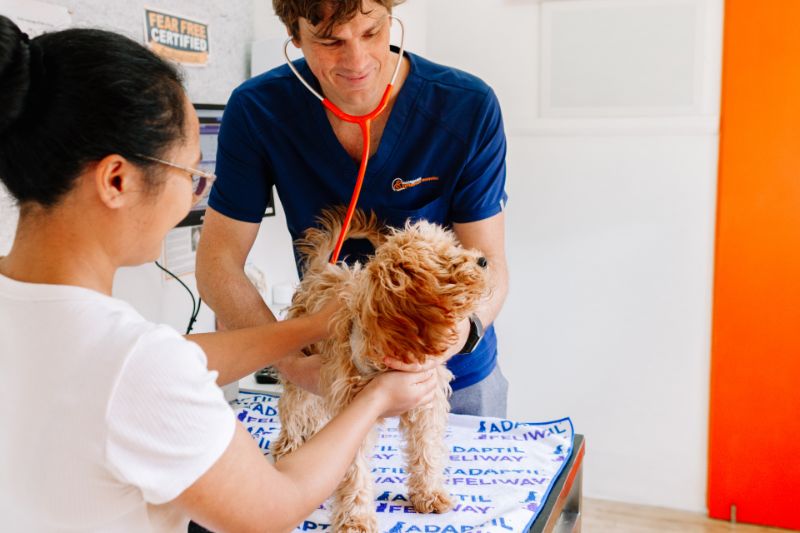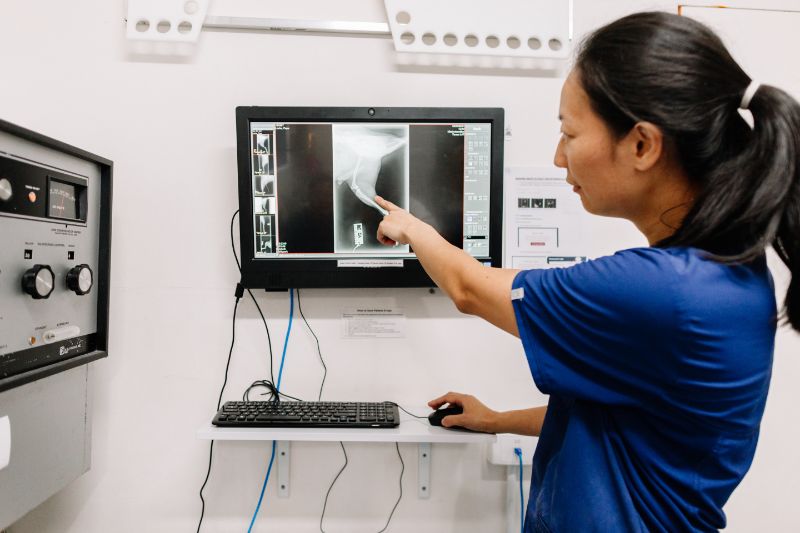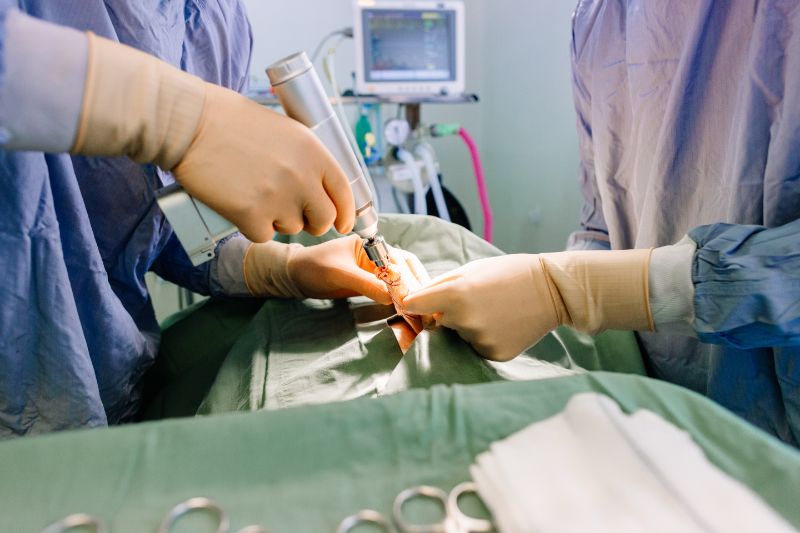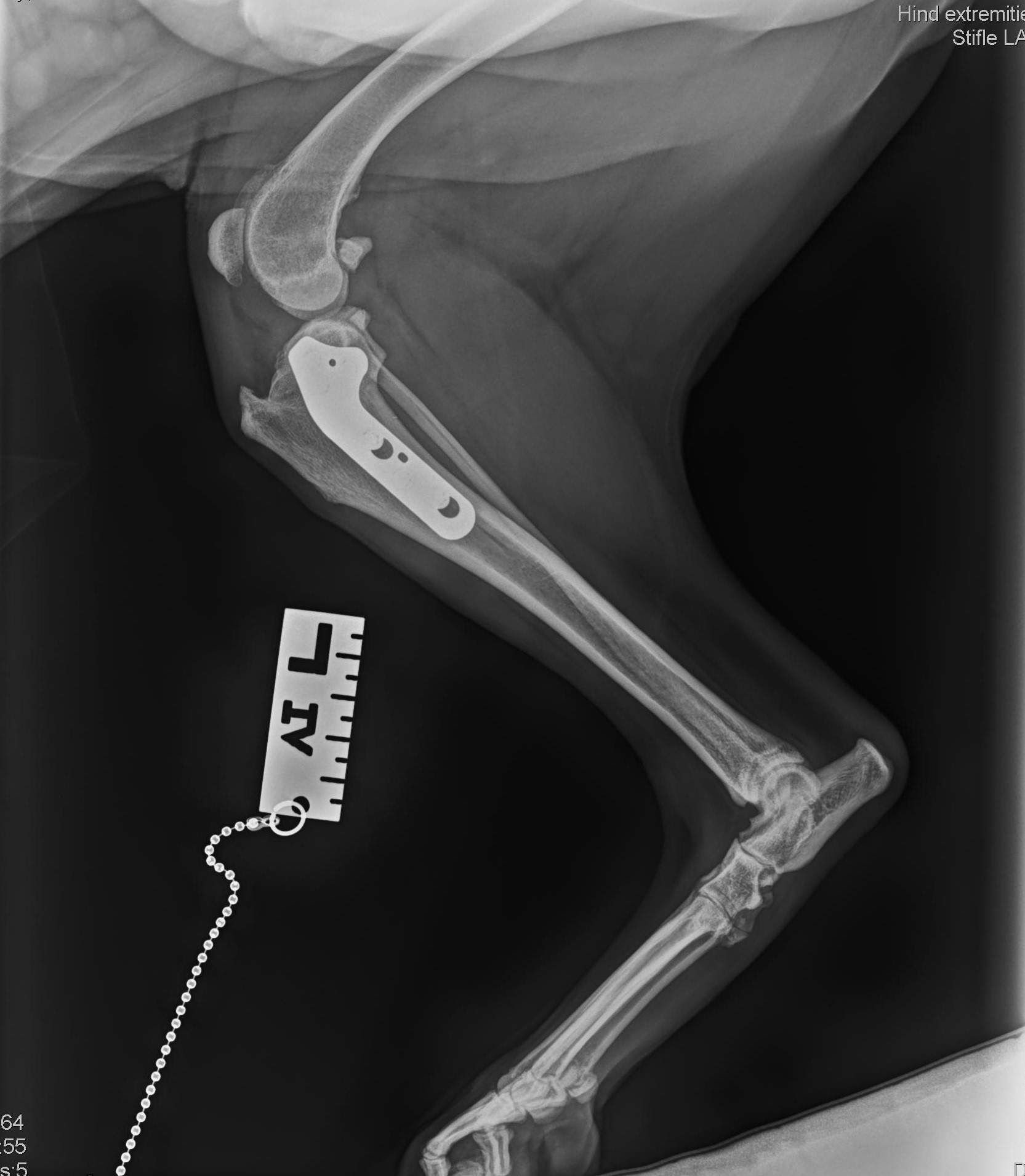Cruciate Repairs in Dogs and Cats
We use the latest techniques to diagnose and treat cruciate injuries to get your pet back on their feet!
Cruciate injuries are among the most common orthopedic issues in dogs, and if your pet suddenly starts limping or holding up a back leg, it may be a sign of a cruciate injury. The cruciate ligament in your pet’s knee plays a key role in stabilizing the joint, and when it tears—often due to a sudden twist from running or jumping—it can cause significant pain.
If left untreated, cruciate injuries can lead to further damage in the knee including meniscal tears, kneecap problems, and, in all cases, arthritis. For this reason, prompt veterinary care is essential. Early treatment, including surgery, gives your dog the best chance to make a full recovery, allowing your pet to return to their regular activities.
At Macquarie Veterinary Hospital our head vets Dr. Matt Buchanan-Pascall and Dr Michael Stephen have undergone further training in cruciate repairs. We offer both Tibial Plateau Levelling Osteotomy surgery (TPLOs) and Lateral Sutures (nylon implants) procedures. We will work with you to determine the best approach for your pet based on their unique needs, age, and size, ensuring the best possible outcome.
We’re here to help your dog or cat get back on their feet!
TPLO Cruciate Surgery
- We guarantee surgery within 7 days
- Price includes: TPLO surgery and post op radiographs on the day of surgery
- PLUS the first 4 post-operaative checks at which time we give a course of zydax injections to promote long term joint health
- Please note: any complications experienced will incur additional costs that would be discussed with you at the time.
Cruciate Surgery Explained
Our experienced surgeons will discuss the options, costs and pro’s and con’s with you. We generally recommend the options of Tibial Plateau Levelling Osteotomies (TPLO’s) for dogs above 8kg and lateral sutures (nylon implants) for smaller dogs and cats.
Gap Only Payments Available!
We work directly with most insurance companies so that you only have to pay the gap for any hospital treatment or surgery. Sorted!






